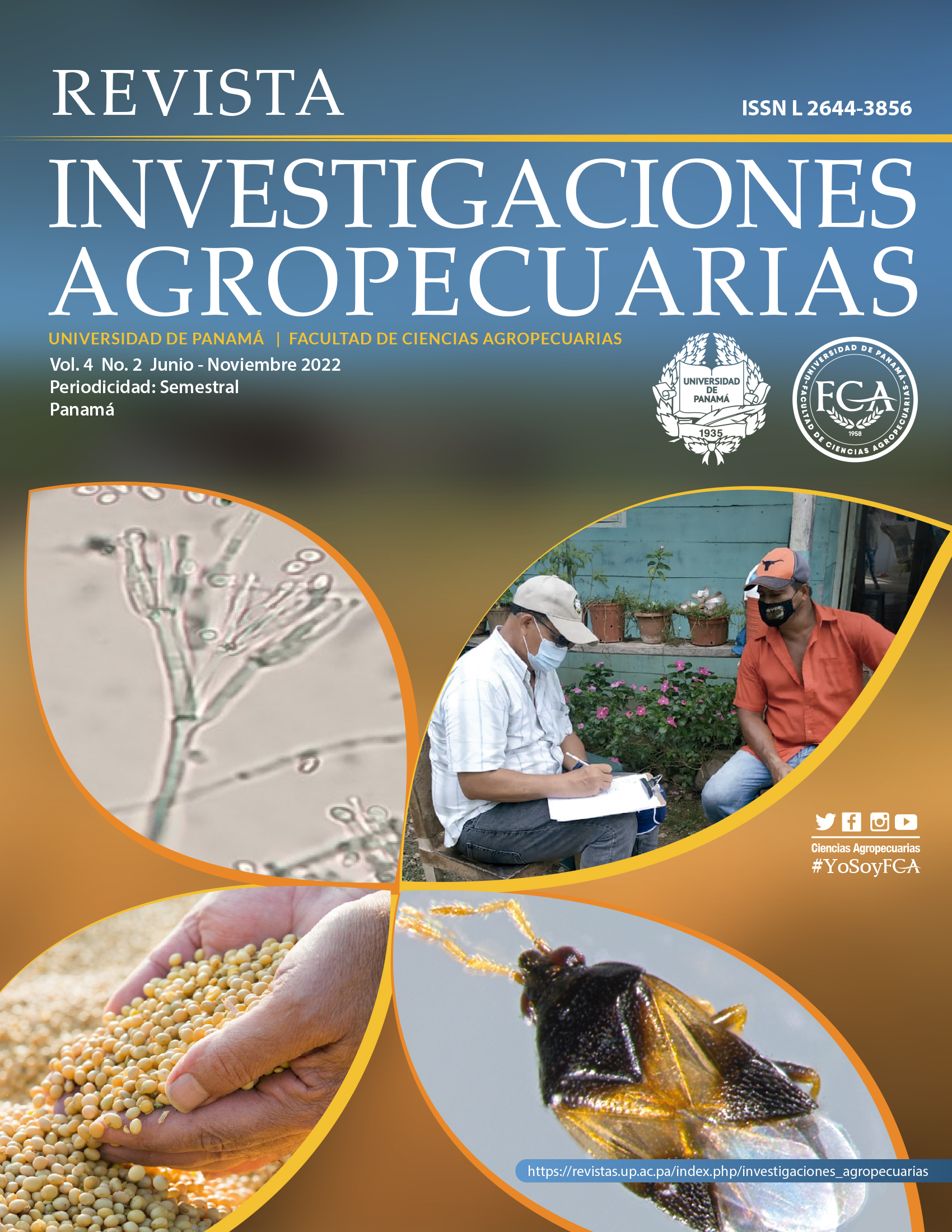References
Activa Press Comunicação Integrada. (2018). Matsuda lança capim elefante com dupla aptidão. Revista Cultivar. Centro. Pelotas, Rio Grande do Sul. Brasil. (em línea). Consultado: 17 de junio de 2021.Disponible:https://www.grupocultivar.com.br/noticias/matsuda-lanca-capim-elefante-com-dupla-aptidao.
Da Silveira Alves, F.G. (2017). Características Morfogênicas, Estruturais, Produção e Composição Química do Capim-Elefante cv. Carajás adubado com ureia convencional e protegida. Tesis. Universidade Federal do Ceará. Programa de Pós-graduação em Zootecnia. Fortaleza, Brasil. (en línea). Consultado: 4 de mayo de 2022. Disponible: https://repositorio.ufc.br/bitstream/riufc/33158/3/2017_dis_fgsalves.pdf.
Diz, D.A & Schank, S.C. (1991). Seed and seedling characterization of pearl millet x napiergrass hexaploid hybrids. Proceedings of the Soil and Crop Science Society of Florida, Belle Grade, 50, 69-75.
Carajás - Matsuda. (2014). El Portal de Agronegocios (en línea). Sao Paulo, Brasil. Consultado 22 de julio 2014. Disponible: htt://www.matsuda.com.br/Matsuda/Web/sementes.
Flores, M. A.; Sanchez, E.; Baladrán, M. I. y Márquez, C. (2016). Efectividad de tratamientos pre-germinativos en la ruptura de la dormancia em las semillas forrajeras y de malezas. Ecosistemas y recursos agropecuarios vol.3 no.9 Villa hermosa. Mexico. Consultado: 22 de julio de 2021.Disponible: http://www.scielo.org.mx/scielo.php?script=sci_arttext&pid=S2007-90282016000300427
Herrera, R. Cruz, R. y Martínez, O. Estudio de mutantes de King grass (Pennisetum purpureum) obtenidos mediante técnicas nucleares y mutágenos químicos. Revista Cubana de Ciencias Agrícolas. 28 (2): 239.
Instituto de Investigación Agropecuaria de Panamá. (1997). Programa de Actualización a Especialistas. Módulo Pecuario. Divisa. Panamá. 181p.
Muldoon, D.K. & Pearson. C.J. (1979). The hybrid between Pennisetum americanum and Pennisetum purpureum. Herbage Abstracts, Farnham Royal, 49,189-199.
Matsuda ,2022. Sementes Matsuda. (em línea). São Paulo. Brasil. Consultado: 4 de mayo 2022. Disponible: https://sementes.matsuda.com.br/br/produto/carajas/
Sementes Caiçara. (2020). Capim Elefante Carajás. Brejo Alegre, Estado de São Paulo, Brasil. (en línea). Consultado: 17 de junio 2021. Disponible: https://www.sementescaicara.com/base.asp pag=detprod.asp&codProd=335.
Vilela, H. y Cerize, D. (2009). Capim Elefante Carajás (Ex. Paraíso). Agronomia. (en línea). MG. Brasil. O Portal da Ciencia e Tecnologia. Consultado 5 de feb.2014. Disponible: http://www.agronomia.com.br/conteudo/produtos/produtos_sementes_gramineas_capim_elefante_paraiso.htm
Vivas-Quilla, N.J., Criollo-Dorado, M.Z., y Cedeño-Gómez, M.C. (2019). Frecuencia de corte de pasto elefante morado Pennisetum purpureum Schumach (en línea). Popayán -Colombia. Biotecnología en el Sector Agropecuario y Agroindustrial. Consultado 16 de dic. 2021. Disponible:http://www.scielo.org.co/scielo.php?script=sci_arttext&pid=S1692-35612019000100045

